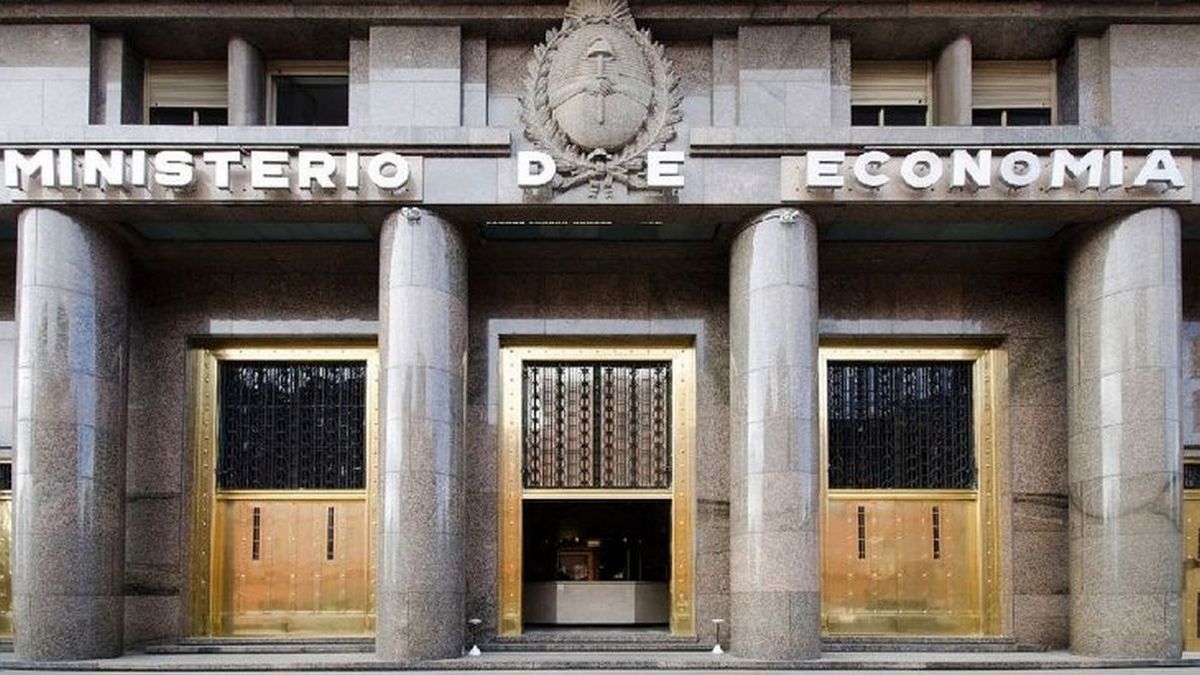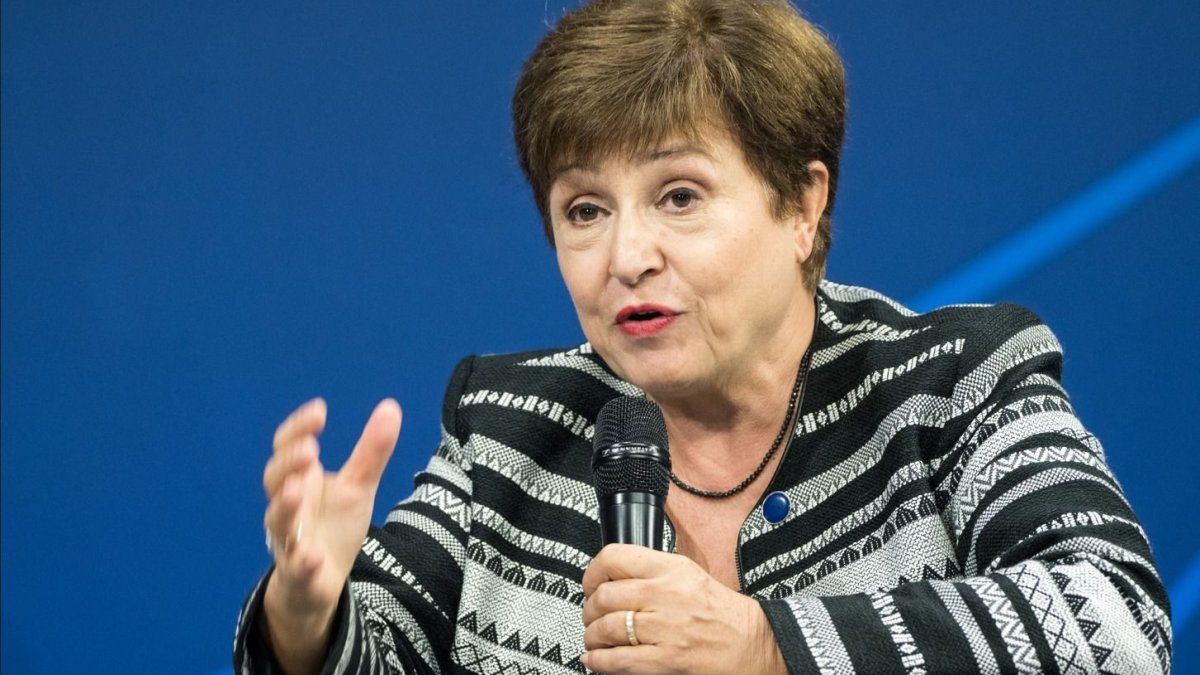From the debt placement operations in January the Government had a net of about $220,000 million, so as to be able to cover immediate maturities. Unlike the previous calls, this time the Secretary of Finance has to cross the barrier imposed by the statements of the opposition economists, who question the payment of the debt in pesos.
This situation is leading to the expiration terms being shortened to no more than three months. In March there are commitments for the equivalent of u$s3,900 million, and in April it jumps to u$s10,500 millions, so it is almost imminent that the government comes out to announce a new debt swap. The uncertainty is so great that in October, when the elections will already be defined, the maturities only reach the equivalent of US$316 million.
Debt crosses in pesos
A few days ago, the former Vice Minister of the Economy, Emmanuel Álvarez Agis, stated that there is an enormous risk in “flirting with the debt in pesos” when affirming that the investment in Treasury bills is the resource that companies have “to prevent their funds from melting” of working capital, with which they pay salaries, among other expenses.
According to estimates of the fund manager Balanz, out of a total of $13 trillion of the Treasury debt stock, some $3 trillion would be in the hands of companies mentioned by Álvarez Agis. They are bills that are in the portfolio of the non-financial private sector.
Balanz technical teams They believe that those $3 trillion will try to get out of “Treasury risk” and switch to options such as term deposits in banks or corporate peso bonds. So when Finance Secretary Eduardo Setti puts together the next menu of options for this week’s call, he will have to come up with something to counteract the mistrust.
“We understand that over the next few months they are going to go away due to the risk of a restructuring or reprofiling,” said Alejo Rivas, Balanz Research analyst for the Argentine market, in a recent talk with investors.
The potential issue of pesos to finance all this movement of funds would have an impact on inflation. Rivas considers that to this must be added an issue for one soybean dollar 3 that would arrive in March and due to the dynamics of the remunerated liabilities of the Central Bank.
With the aim of counteracting opposition questions, The Vice Minister of the Economy, Gabriel Rubinstein, stated this weekend in an opinion column published in Infobae that “maintaining the debt/GDP ratio at 12% implies a fiscal effort of the order of 0.2% of GDP, which, In our opinion, it is quite sustainable”.
According to estimates of Personal Portfolio Investments (PPI), some of that movement of funds is already taking place. “After a week of many discussions around the debt in pesos, we are closely watching the recent movements in the Mutual Funds (FCI) industry”, says PPI. The stockbroker points out that last Thursday “around $82,773 million left the industry, 93.85% of which was explained by a strong withdrawal of immediate liquidity funds (or ‘Money Market’).
Source: Ambito




